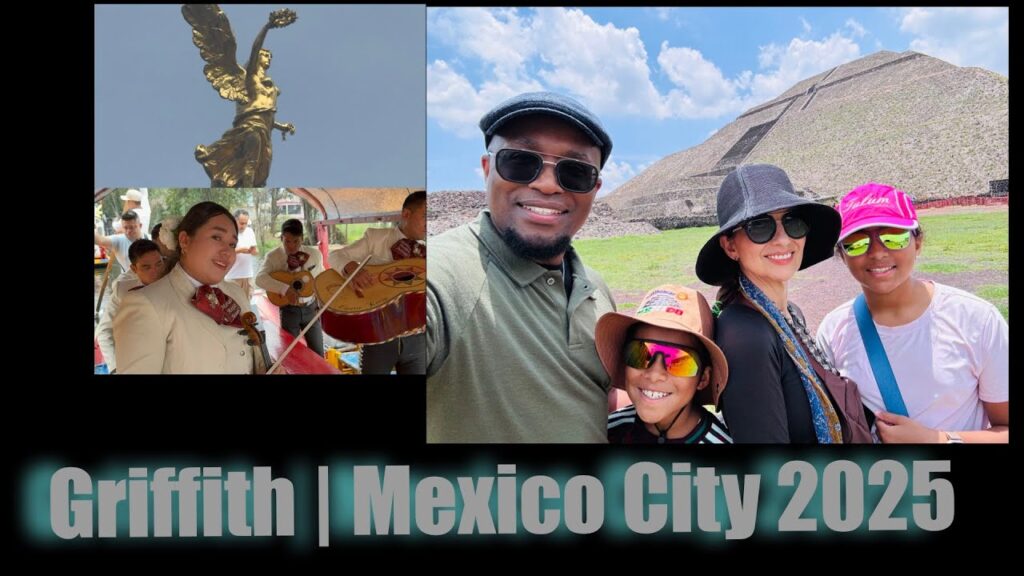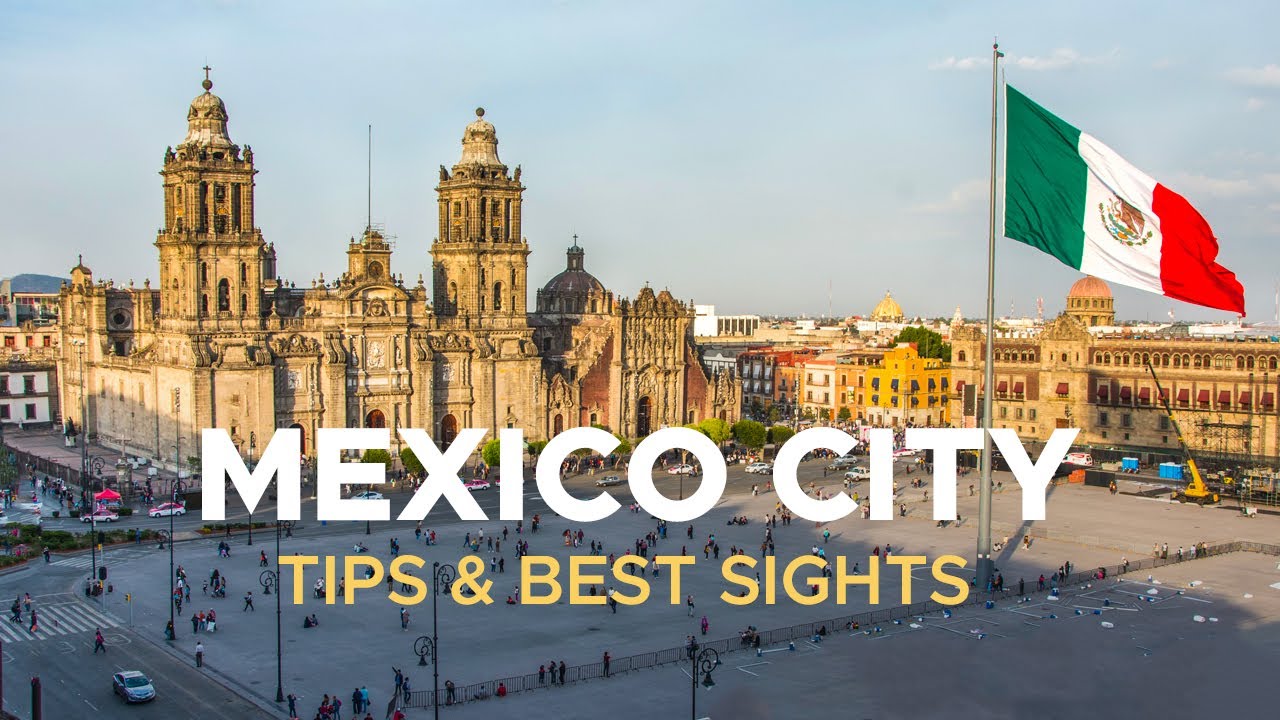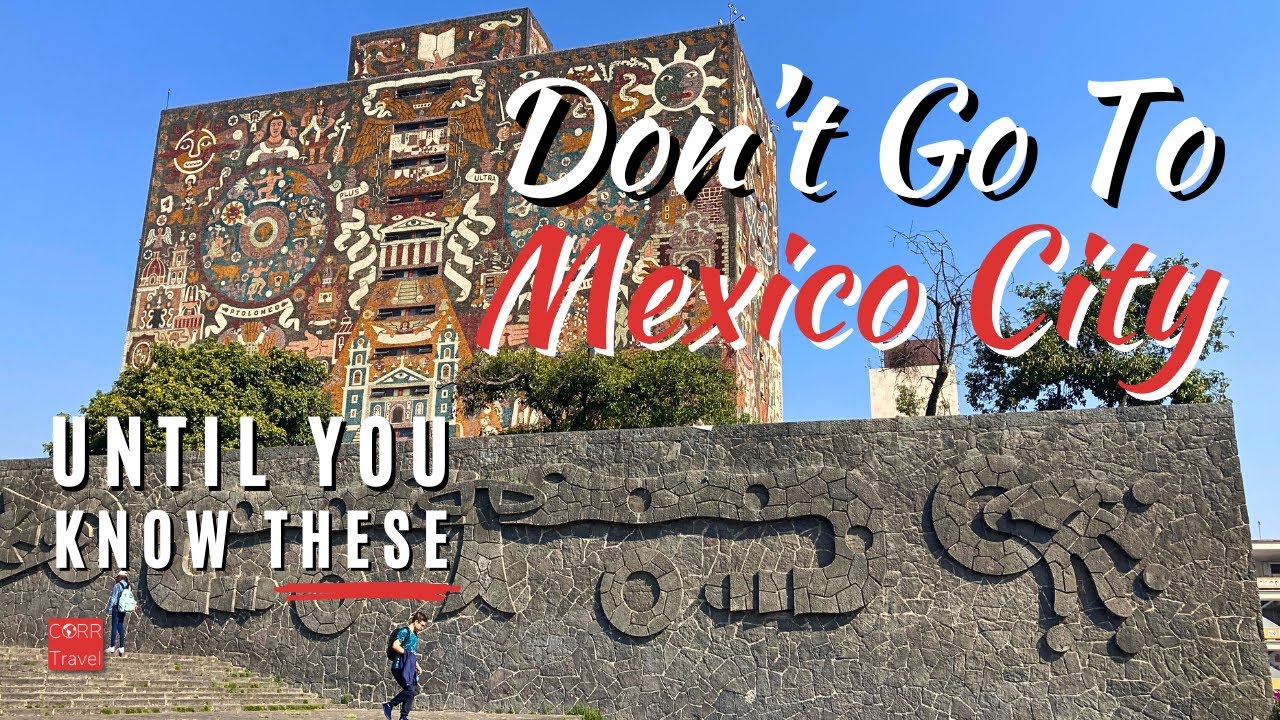Discovering the Architectural Marvels of Mexico City in 2025
By 2025, Mexico City has grown into an awe-inspiring amalgamation of ancient and modern architecture, beckoning travelers from around the world to explore its stunning vistas. The cityscape is a testament to the vibrant history and progressive future of this metropolis, making it a must-visit for architecture enthusiasts and history buffs alike.
The UNESCO World Heritage site of Xochimilco is a timeless marvel that showcases the city’s pre-Hispanic past. Its intricate network of canals and artificial islands are remnants of the city’s ancient lake systems, providing a unique insight into the architectural prowess of the Aztecs. The Metropolitan Cathedral and the Palacio Nacional are other notable historic structures, displaying the grandeur of Spanish colonial architecture.
Modern Architectural Wonders
Alongside these historical gems, Mexico City in 2025 is also home to modern architectural marvels. The Museo Soumaya, with its eye-catching, avant-garde design, houses one of the most important art collections in Latin America. The Torre Reforma, the city’s tallest building, stands as a symbol of Mexico City’s rapidly evolving skyline. Its innovative, eco-friendly design is a prime example of the city’s commitment to sustainable development.
Moreover, the blending of old and new is most evident in the neighborhoods of Polanco and Condesa. Here, art deco buildings coexist harmoniously with modern, innovative structures, creating a fascinating architectural tapestry that truly encapsulates the spirit of Mexico City in 2025.
The Evolution of Mexico City’s Architecture Through Time
Mexico City’s architecture is a vivid tapestry, woven with threads of different periods, cultures, and influences. It is an ever-evolving spectacle, telling the story of the city’s rich history and its dynamic progression towards the future. The city’s architectural landscape is a stunning amalgamation of the ancient and the modern, the traditional and the contemporary, reflecting the diverse influences that have shaped it over the centuries.
Pre-Hispanic and Colonial Era Architecture
The roots of Mexico City’s architecture trace back to the Pre-Hispanic era, with remnants of the Aztec city of Tenochtitlan still visible today. The Templo Mayor, a major Aztec temple, stands as a testament to this era’s intricate stonework and sophisticated urban planning. The Colonial era, marked by Spanish influence, introduced Baroque, Neoclassical, and Gothic styles. This period saw the construction of iconic structures such as the Mexico City Metropolitan Cathedral and the Palace of the Inquisition, which boast of ornate designs and grandiose facades.
Modern and Contemporary Architecture
The 20th century brought about a shift towards Modernist architecture, inspired by international trends yet infused with local cultural elements. The works of renowned architects like Luis Barragán and Teodoro González de León revolutionized Mexico City’s skyline, adding a new layer of complexity and beauty. Contemporary architecture in Mexico City continues to evolve, blending global influences with Mexican heritage. Projects like the Museo Soumaya and the Torre Reforma exemplify this trend, combining cutting-edge design with a deep respect for the city’s historical context.
From the ancient Aztec ruins to the gleaming skyscrapers, Mexico City’s architecture is a reflection of its past, a testament to its present, and a beacon towards its future. The city continues to transform, embracing new architectural styles while preserving and honoring its historical roots.
Why Mexico City is Considered an Architectural Wonderland in 2025
In 2025, Mexico City is often referred to as an architectural wonderland due to its unique blend of historical and modern architecture. The city is renowned for its diverse architectural styles that span over seven centuries, from the pre-Hispanic era to the contemporary period. The juxtaposition of old and new, traditional and modern, creates a visually stunning urban landscape that has become a magnet for architecture enthusiasts worldwide.
The Timeless Historical Structures
The city’s historical architecture is a testament to its rich past. From Aztec temples to Spanish colonial buildings, Mexico City is a living museum showcasing the different epochs of Mexican history. The UNESCO World Heritage site, the Historic Center of Mexico City, is home to an array of architectural gems, including the magnificent Metropolitan Cathedral and the Palacio Nacional. The intricate details, grandiose designs, and the stories they tell make these historical structures an integral part of the city’s architectural wonderland.
Contemporary Architectural Marvels
On the other hand, Mexico City’s modern architecture is a reflection of its dynamic and progressive nature. Innovative designs, eco-friendly buildings, and cutting-edge technology have become hallmarks of the city’s contemporary architecture. Landmark buildings like the Museo Soumaya, with its futuristic design, and the Torre Reforma, the city’s tallest building that combines sustainability and modern aesthetics, exemplify the city’s forward-thinking approach to architecture.
Architectural Fusion
What makes Mexico City an architectural wonderland in 2025 is not just the presence of historical and modern structures but the seamless fusion of the two. This symbiosis of old and new is best exemplified in structures like the Biblioteca Vasconcelos, where contemporary design is beautifully intertwined with traditional elements. The resulting architectural landscape is a vibrant and diverse visual feast, making Mexico City a unique architectural wonderland.
Exploring the Iconic Structures that Make Mexico City a 2025 Architectural Phenomenon
Mexico City, a sprawling metropolis with a rich cultural history, is undergoing a transformation into a global architectural phenomenon by 2025. This change is marked by the rise of iconic structures that blend traditional Mexican designs with cutting-edge architectural techniques. These structures are not only visually stunning but also embody the city’s commitment to sustainable and inclusive urban development.
Museo Soumaya, an avant-garde silver structure designed by the Mexican architect Fernando Romero, is one such iconic structure that has redefined the city’s skyline. This museum, which houses one of the most important art collections in Latin America, boasts a unique hexagonal facade that mimics the scales of a snake – a common symbol in Mexican mythology. Another noteworthy structure is the BBVA Bancomer Tower, Mexico City’s tallest building. Designed by the renowned architectural firm Skidmore, Owings & Merrill, the tower is a testament to the city’s economic growth and its role as a major player in the global financial scene.
Green Architecture in Mexico City
One of the most distinctive aspects of Mexico City’s architectural transformation is its emphasis on green architecture. The Torre Reforma, for instance, is a skyscraper that incorporates green walls and rainwater harvesting systems, making it one of the most sustainable buildings in the city. Similarly, the Via Verde project has transformed the city’s highway pillars into vertical gardens, significantly improving air quality and providing a much-needed green space in the heart of the city.
Innovation and sustainability are at the heart of Mexico City’s architectural evolution. The city’s iconic structures are not just aesthetically pleasing but also serve a functional purpose, making the city more livable and sustainable. As we move towards 2025, Mexico City continues to solidify its position as an architectural phenomenon, setting the bar high for other global cities.
Understanding the Architectural Significance of Mexico City in the World of 2025
Mexico City, the vibrant capital of Mexico, has long been a hub for architectural innovation. As we approach 2025, the city’s architectural significance is projected to reach new heights, with a blend of historical and contemporary structures that represent a unique fusion of past, present, and future. Mexico City’s architectural landscape is a testament to its cultural diversity, historical richness, and urban development, which all play a vital role in shaping its identity on the global stage.
Historical Architecture Meets Modern Innovation
In 2025, Mexico City’s architectural panorama will continue to be defined by a delicate balance between preserving its historic buildings and integrating modern designs. The city’s architectural heritage is steeped in the pre-Hispanic period, colonial era, and post-independence times, offering a rich tapestry of architectural styles. Yet, alongside these historical gems, contemporary architects are pushing boundaries, integrating sustainability, technology, and innovative designs into their projects, making Mexico City a dynamic player in global architecture.
The Rise of Sustainable Architecture
By 2025, sustainable architecture is expected to be a predominant trend in Mexico City. Amid growing concerns about climate change and environmental degradation, architects are incorporating eco-friendly materials, renewable energy systems, and green spaces into their designs. Buildings like the Torre Reforma, Latin America’s tallest skyscraper, embody this shift towards sustainable architecture, with its LEED Platinum certification for its commitment to energy efficiency and environmental sustainability.
Mexico City: A Global Architectural Destination
In the world of 2025, Mexico City’s architectural significance extends beyond its city limits. Its innovative and diverse architectural landscape is attracting global attention, making it a destination for architecture enthusiasts worldwide. The city’s architectural projects, both completed and underway, are a testament to its vibrant and evolving architectural scene, contributing to its rising prominence in the global architectural arena.



